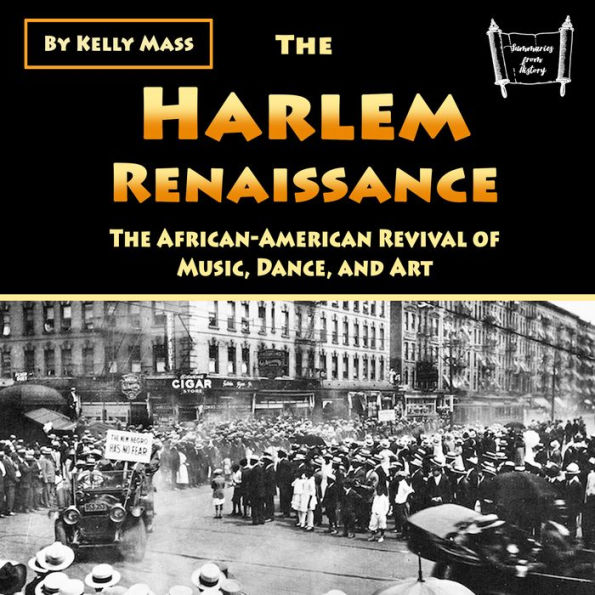This audiobook is narrated by a digital voice.
The 1920s and 30s saw an unprecedented flourishing of African American arts, culture, and intellect in Harlem, New York City, a movement that became known as the Harlem Renaissance. This "New Negro Movement," named after Alain Locke's seminal 1925 anthology The New Negro, encompassed bold new expressions across music, dance, visual art, fashion, literature, theater, academia and politics.
While centered in Harlem, a destination for many African Americans fleeing Southern racism during the Great Migration, the Renaissance also resonated in Black urban communities nationwide. It was further fueled by a renewed militancy in demanding civil rights. The cultural awakening even influenced francophone Black writers and artists based in Paris from African and Caribbean colonies.
From 1924, when the journal Opportunity hosted a gala for Black authors attended by major white publishers, through 1929 and the looming Great Depression, this “flowering of Negro literature” as James Weldon Johnson described it reached extraordinary heights. Some argue the Harlem Renaissance never truly ended, its spirit living on through later musical movements from jazz, blues and swing to soul, funk, hip hop and beyond. The Renaissance marked a cultural rebirth that still reverberates in African American identity today.
This audiobook is narrated by a digital voice.
The 1920s and 30s saw an unprecedented flourishing of African American arts, culture, and intellect in Harlem, New York City, a movement that became known as the Harlem Renaissance. This "New Negro Movement," named after Alain Locke's seminal 1925 anthology The New Negro, encompassed bold new expressions across music, dance, visual art, fashion, literature, theater, academia and politics.
While centered in Harlem, a destination for many African Americans fleeing Southern racism during the Great Migration, the Renaissance also resonated in Black urban communities nationwide. It was further fueled by a renewed militancy in demanding civil rights. The cultural awakening even influenced francophone Black writers and artists based in Paris from African and Caribbean colonies.
From 1924, when the journal Opportunity hosted a gala for Black authors attended by major white publishers, through 1929 and the looming Great Depression, this “flowering of Negro literature” as James Weldon Johnson described it reached extraordinary heights. Some argue the Harlem Renaissance never truly ended, its spirit living on through later musical movements from jazz, blues and swing to soul, funk, hip hop and beyond. The Renaissance marked a cultural rebirth that still reverberates in African American identity today.

The Harlem Renaissance: The African-American Revival of Music, Dance, and Art

The Harlem Renaissance: The African-American Revival of Music, Dance, and Art
FREE
with a B&N Audiobooks Subscription

Product Details
| BN ID: | 2940191702162 |
|---|---|
| Publisher: | Efalon Acies |
| Publication date: | 03/23/2024 |
| Edition description: | Unabridged |
Videos

